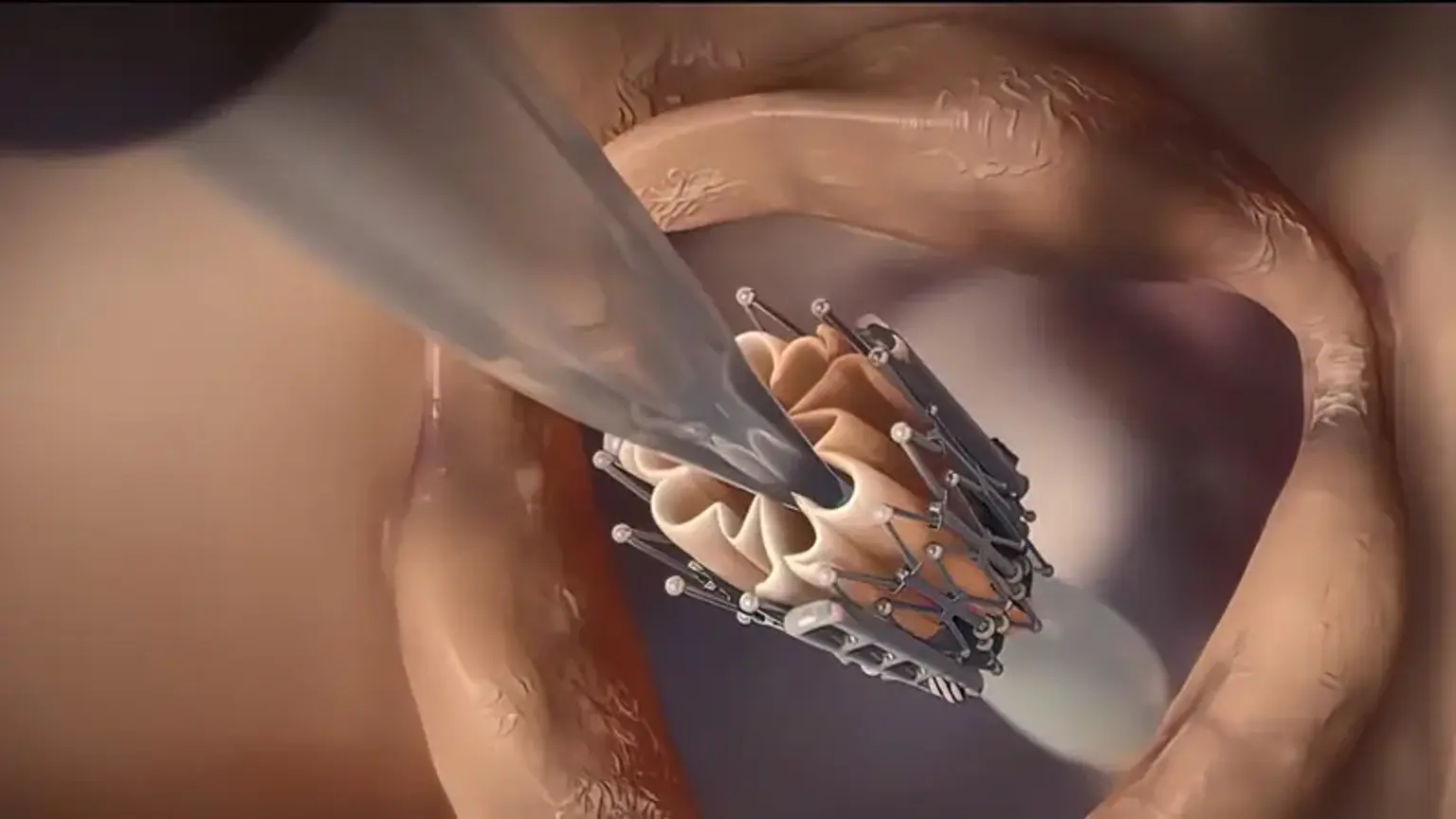Ozaki Procedure
Aortic valve disease, which is a general term for illnesses and conditions in which the aortic valve malfunctions, can cause decreased blood flow between the heart and aorta, which can result in disturbed blood flow throughout the body, is treated surgically with the ozaki procedure.
Blood enters and exits the heart with each heartbeat, supplying oxygen-rich blood to organs and tissues throughout the body. Four valves inside the heart carefully control the blood flow from one heart chamber to the next and from the heart to the remainder of the body.
The aortic valve, one of these valves, is situated at the junction of the aorta, the biggest artery in the body, and the left ventricle, the left chamber of the heart. This valve is essential in controlling how blood travels from the heart to the remainder of the body.
The aortic valve depends on its three leaflets, or cusps, to function. These leaflets open to let blood leave the heart and travel to the aorta, and then they close to stop blood from returning to the heart. Serious heart issues, such as heart failure, can arise when the aortic valve encounters a malfunction. Aortic valve replacement and a surgery called aortic valve neocuspidization, or ozaki procedure, are two effective therapies for aortic valve disease.
